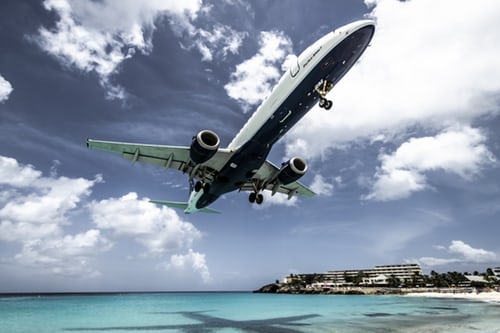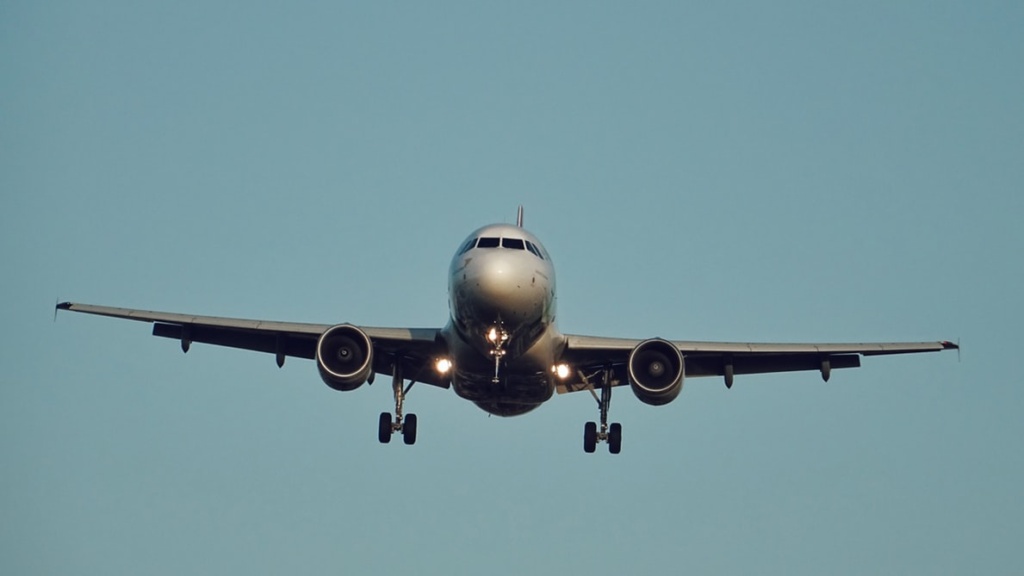Subtitle: Are there lessons learned from the recent FAA announcement on tracking flights for the FDA DSCSA drug tracking shipments?

Image: unsplash
Many of us travel for work, and invariably we are in airports. While reading this WSJ article Air-Traffic Control Is in the Midst of a Major Change I wanted to learn more about this change. What was noteworthy was the subtitle of the article:
Shift from radar to GPS should make tracking faster and more accurate, allowing more planes in the air
I’ve been focused on using technology to help the FDA secure the US drug supply chain, known as the Drug Supply Chain Security (DSCSA) guidance/regulation. In contrast, the FAA announced they are using Global Positioning Systems (GPS) on each airline to improve ‘tracking’ of commercial flights. So if the FAA can find a better way to track planes in the air, could the FDA leverage the Internet of Things (which uses GPS) to track medicine shipments?
In this post I will look to compare and contrast the approach of the FAA for tracking airline flights, with an approach for the FDA drug tracking shipments.
The FAA is using GPS rather than radar to track US flights
This article explains the extent of the airlines being tracked across the US.

Image: unsplash
The U.S. controls 29.4 million square miles of airspace, including all of the U.S., large portions of the Atlantic and Pacific oceans and the Gulf of Mexico. The FAA mandate primarily applies to Class A airspace, which is 18,000 feet or more above sea level; Class B airspace, the areas surrounding the nation’s busiest airports; Class C airspace, the areas around smaller regional airports; and above 10,000 feet in Class E, the most common airspace. *
LaGuardia Airport in New York is Class B. Richmond International Airport in Virginia is Class C. *
As a result, the new tracking system is faster and more accurate than radar, but it also fundamentally changes how air-traffic control works. This technology makes it possible to monitor aircraft over the ocean and other areas beyond the reach of radar, the U.S. isn’t yet using the satellite-based system that provides this capability. *
*from the WSJ article by Jo Craven McGinty, January 24th, 2020, Air-Traffic Control Is in the Midst of a Major Change
The move from radar to GPS will allow more flights in the air to be tracked. Prior to this change flights has to be separated in the air from 40 to 80 miles. Now using GPS this can shrink this distance to 14 miles. This capability means we can have more flights in the air.
The FDA and DSCSA Phase 2
Our company, T-Systems, is an active member of the “The Optimal Solution” team. Currently we are working on a ‘pilot’ for the US drug supply. Our aim is to demonstrate how multiple companies can share drug shipment information along with the FDA. We are also employing the Internet of Things (IoT) to perform ‘drug tracking’ shipments allowing users the ability to pinpoint product locations – anywhere in the US.
Consequently, IoT devices can easily track drug shipments and with on-board sensors. Also providing the ‘conditions’ of these medicines across any mode of transportation.
Here at T-Systems, we have IoT devices with 5G and that makes these devices smaller in size. Providing more capability of monitoring the condition of these medicines.
Therefore the application of IoT technology, with GPS, for both ‘tracking’ airlines and drug tracking shipments is the key point.
What are the key insights for the FDA from the FAA…
Contrasting what the FAA is doing with the use of IoT for the FDA DSCSA law:
- The FAA will leverage GPS to improve ‘visibility’ of airlines across the US. Extending over parts of the oceans bordering our country.
- Connecting GPS data with airline passenger manifest are similar to associating IoT device (barcode) with the drug shipment (barcode). That drug shipment barcode also has ‘data’ on each individual product serial numbers within the shipment.
- In both cases GPS can offer ‘real-time’ visibility of the airline flight or drug shipment.

Image: T-Systems
Therefore, in my view, IoT devices offers to the US drug supply chain ‘shipment visibility.’ Similar to the change that the FAA is doing in applying GPS technology for every airline flight we all be on in 2020.
If the FAA can do this then certainly the FDA can leverage this to secure the US drug supply chain.
I’ve written about this in past blog posts. In case you want further information.
IoT for your Pharma Supply Chain published: May 13, 2018
I welcome your comments and feedback.
Thank you,
Jim